Create legal corridors, support and encourage investment
Delegate Pham Van Thinh - National Assembly Delegation of Bac Giang province expressed his agreement and consensus with the contents of the draft Law that have been revised, accepted and presented at this session. However, to complete the draft Law, Delegate Pham Van Thinh has two comments to contribute to the draft. Accordingly, the Head of the Bac Giang Provincial Party Committee's Mass Mobilization Committee said that the State should be responsible for encouraging, supporting and creating all favorable conditions for cases where organizations and individuals voluntarily invest capital to invest in construction, renovation, repair, upgrade and maintenance of road traffic infrastructure...
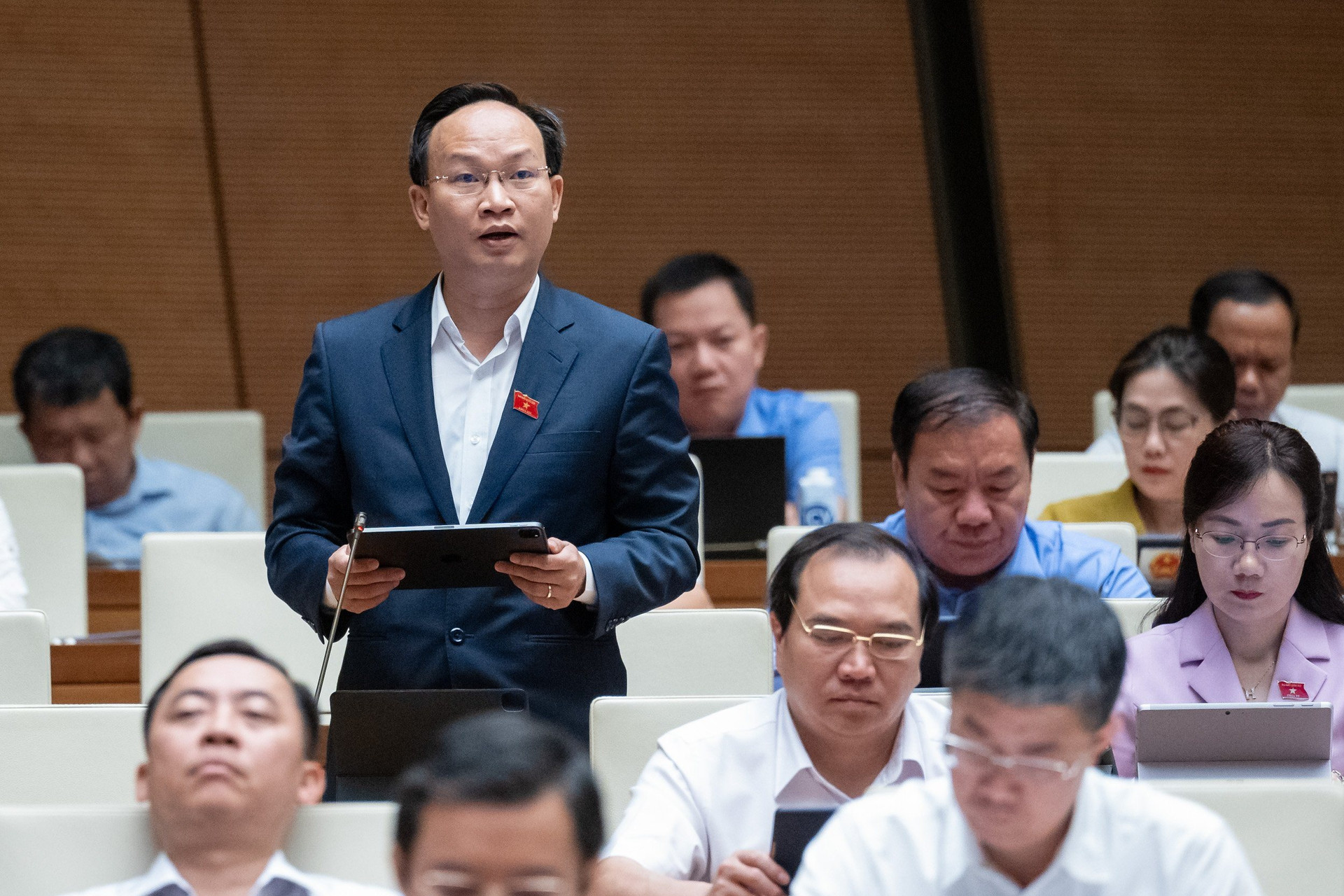
According to delegate Pham Van Thinh, in Section 4, Chapter 2, Investment in road infrastructure, the National Assembly is requested to consider adding a principled provision: The State should be responsible for encouraging, supporting, and creating all favorable conditions for cases where organizations and individuals voluntarily invest capital to invest in construction, renovation, repair, upgrade, and maintenance of road traffic infrastructure. At the same time, the Government is assigned to provide detailed guidance on implementation to ensure the spirit of encouragement, proactiveness, responsibility for service, support, and accountability of the State when receiving proposals from organizations and individuals who voluntarily invest capital... for 3 reasons:
Firstly: In current practice, the need for organizations and individuals to voluntarily spend all or part of their own funds to invest in building, renovating, upgrading, and repairing transport infrastructure to serve their own interests and bring benefits to the community and common interests exists and has great potential.
For example: The investor of an industrial park with a scale of 200-300ha whose land is near the highway but does not have a connecting road and an intersection, if the new planning does not meet the standards, while the State has no investment plan, the investor is willing to spend money to build an intersection and a connecting road, then the average cost of increasing 1 hectare of industrial land is less than 1 billion VND, much lower than the benefit of increasing the price of industrial land if there is a connecting road and an intersection to the highway. This brings benefits to the investor of the industrial park, the investor of the highway, and the people and localities in that area.
Similarly, a group of investors in industrial parks and large urban areas will be willing to spend money to invest in, renovate, upgrade, and repair the traffic infrastructure connecting to industrial parks and urban areas to increase the value of their products (in fact, in Bac Giang, there is a group of owners of sand and gravel ports along the river asking to invest in upgrading the dike surface with higher standards than the State agency's level 2 dike surface hardening standards to both serve their production and business activities and better serve the people.
“The demand for organizations and individuals to invest, renovate, upgrade, and repair road infrastructure is very diverse, from small projects such as volunteer bridges, improving infrastructure in places of residence and business, to large projects as mentioned above,” the delegate commented.
Second, according to delegate Pham Van Thinh, adding this article will pave the way for fully exploiting the public-private partnership method in investment, construction, renovation, upgrading, repair, and even management of transport infrastructure.
Public-private partnership in this case does not coincide with PPP projects stipulated in the Law on Public-Private Investment 2020. This type of public-private partnership solves the problem of bringing benefits to organizations and individuals who invest money and benefits to the community, while society saves investment costs, the State intervenes minimally, social investment capital is effectively promoted; and can be easily implemented immediately without having to evaluate investment efficiency for the owner of the investment capital source.
According to delegate Pham Van Thinh, this type of cooperation also paves the way for new ways of maintaining road structures when mobilizing the community, organizations and individuals who have direct benefits from the road section and route to participate, helping the State save costs, have many maintenance methods to compare, thereby improving the effectiveness of State management of maintenance activities.
Third reason, delegate Pham Van Thinh said, this regulation in some cases will also support the division of responsibility in infrastructure investment for organizations and individuals who directly benefit the most; allocate State resources to communities and more difficult areas; at the same time, it also solves the problem of allocating increased land rent when infrastructure changes for the whole society to benefit instead of just a few people benefiting greatly; aiming at the goal of social equity.
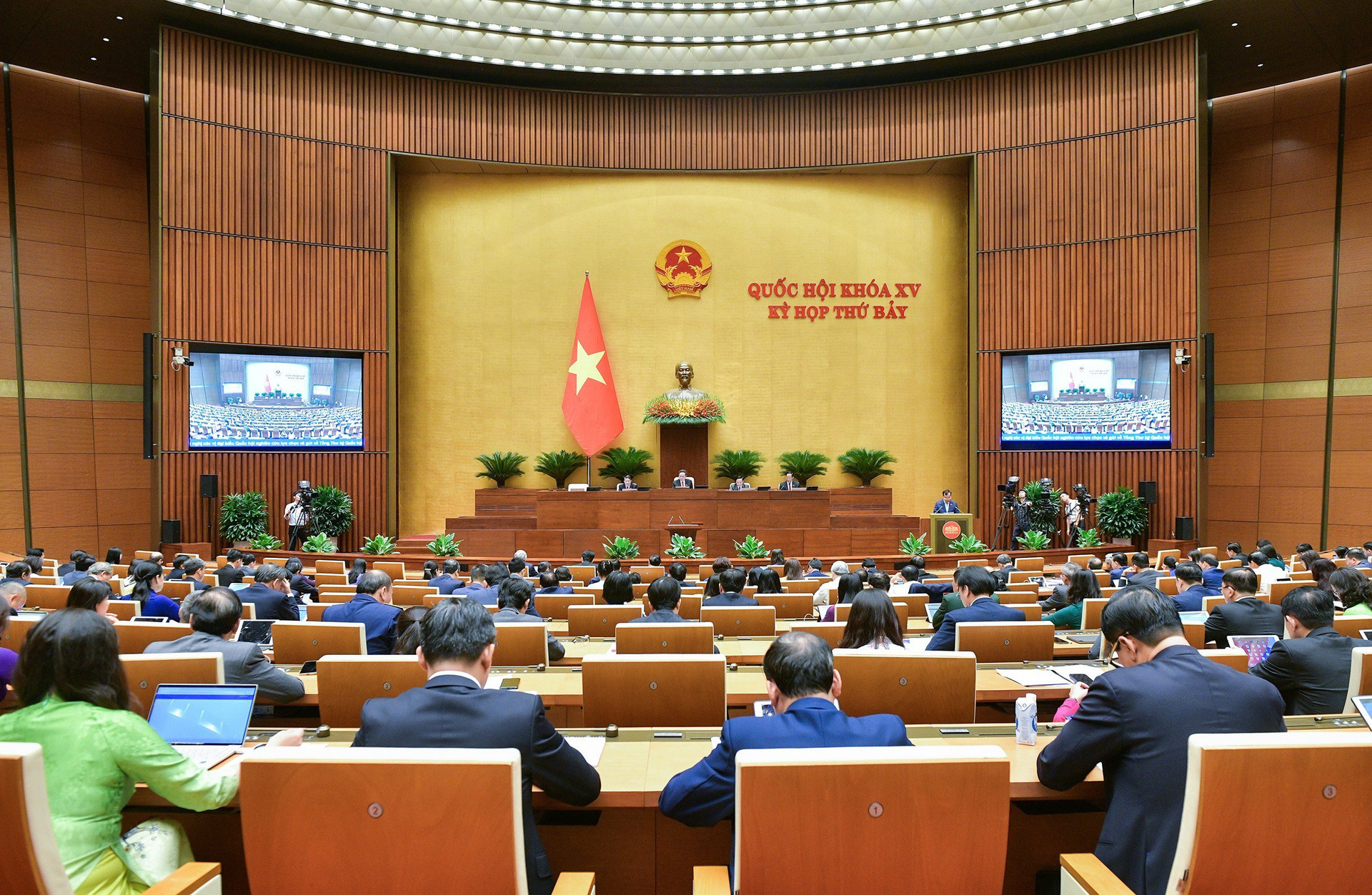
Unlocking resources for infrastructure investment
Also related to the issue of investment in traffic infrastructure, delegate Nguyen Hoang Bao Tran - National Assembly Delegation of Binh Duong province said that the construction and completion of the Road Law in the past time is a new step, aiming to complete the relevant legal system to unlock resources for investment in infrastructure construction.
In addition to policies to prioritize the development of resources for developing modern, environmentally friendly road infrastructure, building mechanisms to promote the mobilization of social resources, forms and methods of investment, construction, management, operation, exploitation and maintenance of infrastructure, allowing the non-calculation of the value of public assets as road infrastructure is a very correct direction based on practical experiences in the process of organizing investment, construction, renovation and upgrading of roads.
This is also one of the important contents to remove practical obstacles when implementing investment projects under the public-private partnership (PPP) method. Although this regulation is likely to increase the proportion of state capital participating in PPP projects beyond 50% of the total project investment and is different from the provisions of the Law on Investment under the public-private partnership method. However, the draft law has solved one of the basic bottlenecks when implementing investment projects to expand, renovate and upgrade infrastructure in general, including road infrastructure under the public-private partnership method.
“In the context of difficult state budget resources, it is necessary to implement the policy of maximizing social resources, promoting renovation, upgrading, and expanding transport infrastructure investment projects under the public-private partnership model,” said delegate Nguyen Hoang Bao Tran.
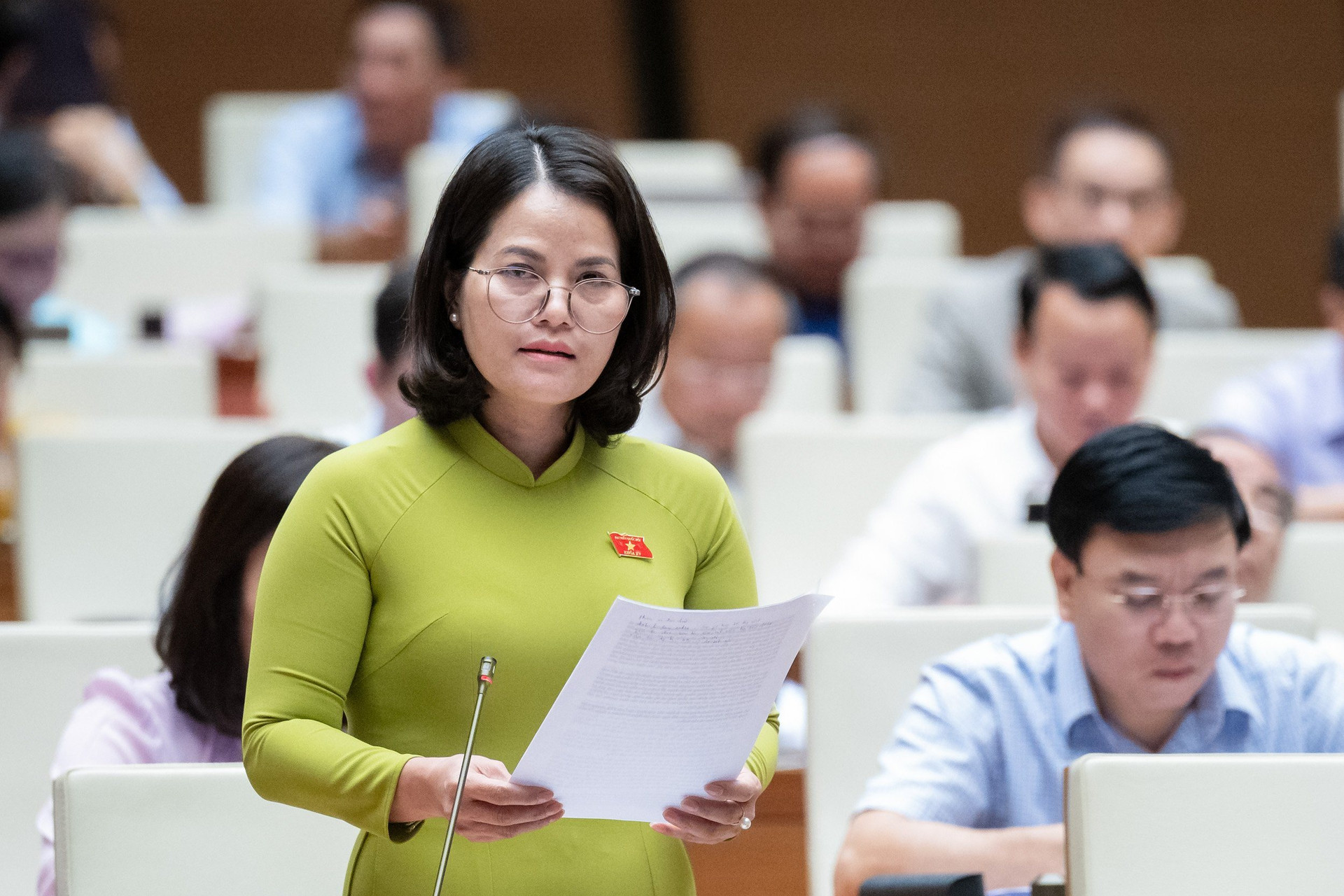
In addition, delegates said that to ensure investment efficiency, some routes have not been invested immediately according to the planning scale but have been divided into investment phases in the form of public investment; in the next phase, some sections of the route that have been invested in phase 1 need to continue to be upgraded, ensuring the scale and standards of expressways are consistent across the entire route.
According to Article 69 of the Law on Investment under the public-private partnership method, the proportion of state capital participating in the project, including public investment capital, public asset value and site clearance costs, must be less than 50% of the total investment to be eligible for project implementation according to the provisions of law on management and use of public assets. Transport infrastructure assets formed from public investment projects are public assets.
Thus, for highway renovation and upgrading projects, the value of existing road infrastructure assets must be calculated into the state capital ratio in the project, with the regulation controlling the state capital ratio below 50% of the total investment. In the case of combining the value of publicly invested road assets, public investment capital and site clearance costs to calculate the ratio compared to the total investment of the expansion and renovation project, this value is basically greater than 50% of the total investment of the renovation and upgrading project.
The delegate analyzed that, in essence, in the investment phase, the number of lanes and the width of the roadbed are narrower compared to the complete scale according to the planning. However, in the case of investment in phases, the site clearance work has been carried out on a complete scale, and the technical elements of the road such as the area of the embankment, the frontage road, and the intersection all comply with the highway standards to ensure the ability to operate. These are the costs that account for a large proportion of the total investment in the phase.
In the case of calculating the value of public assets for the total investment of the entire phase 1 project in the state capital contribution ratio, this value is very large, this value alone can exceed the total investment of the expansion and upgrade part. Therefore, the above regulation leads to the inability to implement the PPP project to renovate and upgrade the transport project. In case it is not possible to mobilize PPP to meet the transport demand, the state must allocate capital to build the renovation and upgrade part to meet the transport demand, ensure traffic safety, putting pressure on the state budget.
To overcome the above problems, delegate Nguyen Hoang Bao Tran said that the draft law has stipulated to clarify that for PPP projects, the value of existing road infrastructure assets will not be included in the state capital contribution ratio, ensuring the principle of controlling state capital participating in the project. The calculation of the financial plan to recover investment capital is only calculated for the value of renovation, expansion, and upgrading, the calculation of the collection mechanism with the value of existing roads is in accordance with the provisions of the law on public assets and the law on PPP.
“Thus, the expansion and renovation of highways and toll collection ensure the legitimate rights and interests of service users. Therefore, although this content is different from the provisions of the PPP Law, the addition of this provision on amending the provisions at Point b, Clause 4, Article 70 of the PPP Law is appropriate and necessary,” emphasized delegate Nguyen Hoang Bao Tran.
Source: https://baotainguyenmoitruong.vn/nha-nuoc-nen-tao-dieu-kien-cho-cac-to-hoc-ca-nhan-bo-von-dau-tu-giao-thong-duong-bo-374467.html


![[Photo] Prime Minister Pham Minh Chinh chairs meeting on science and technology development](https://vphoto.vietnam.vn/thumb/1200x675/vietnam/resource/IMAGE/2025/5/17/ae80dd74c384439789b12013c738a045)
![[Photo] More than 17,000 candidates participate in the 2025 SPT Competency Assessment Test of Hanoi National University of Education](https://vphoto.vietnam.vn/thumb/1200x675/vietnam/resource/IMAGE/2025/5/17/e538d9a1636c407cbb211b314e6303fd)

![[Photo] Readers line up to visit the photo exhibition and receive a special publication commemorating the 135th birthday of President Ho Chi Minh at Nhan Dan Newspaper](https://vphoto.vietnam.vn/thumb/1200x675/vietnam/resource/IMAGE/2025/5/17/85b3197fc6bd43e6a9ee4db15101005b)


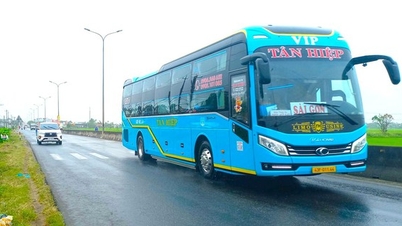






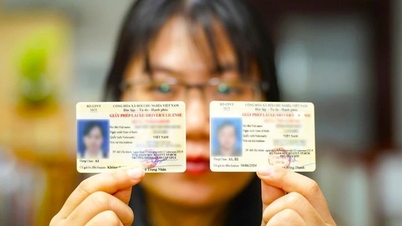


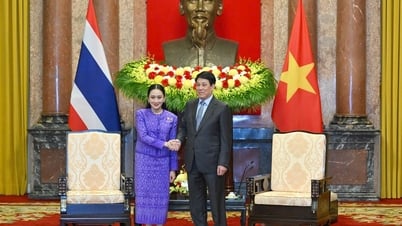

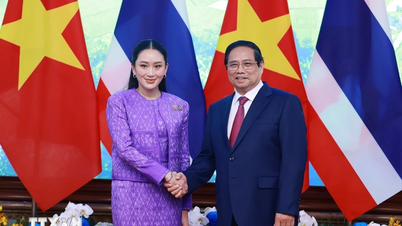
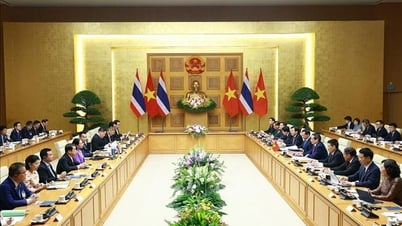

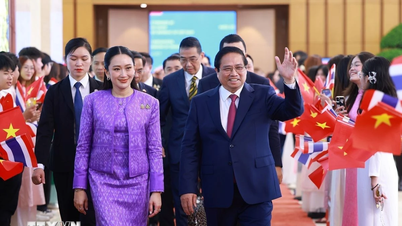

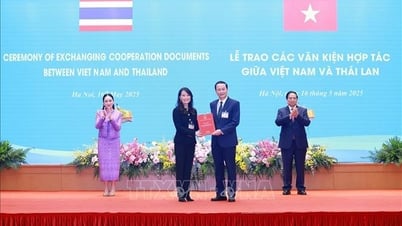




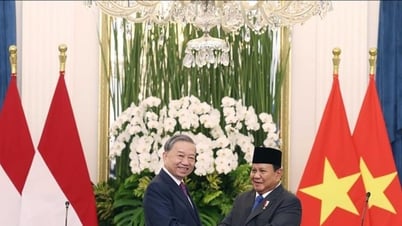
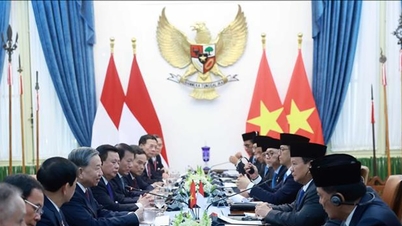

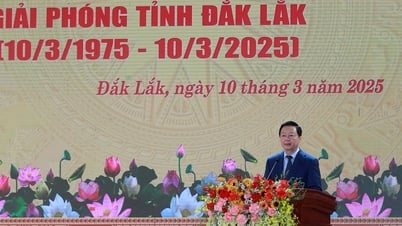
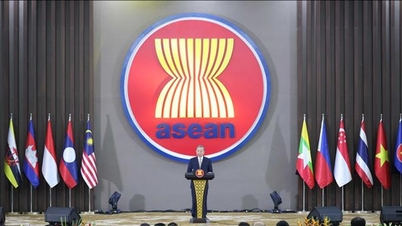

![[Photo] Nearly 3,000 students moved by stories about soldiers](https://vphoto.vietnam.vn/thumb/1200x675/vietnam/resource/IMAGE/2025/5/17/21da57c8241e42438b423eaa37215e0e)






































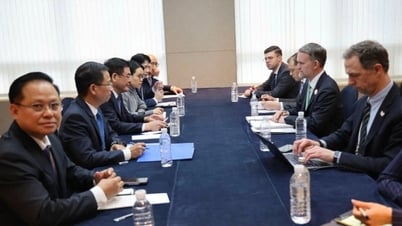











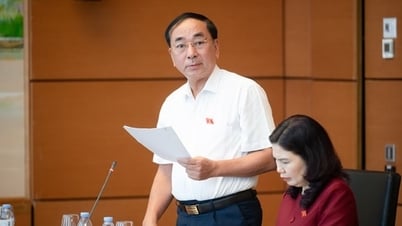


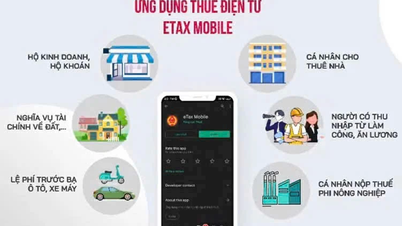

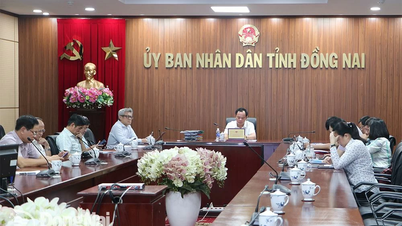
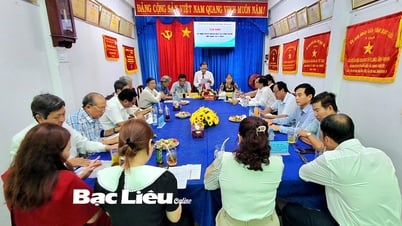
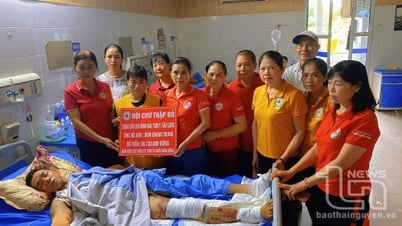











Comment (0)